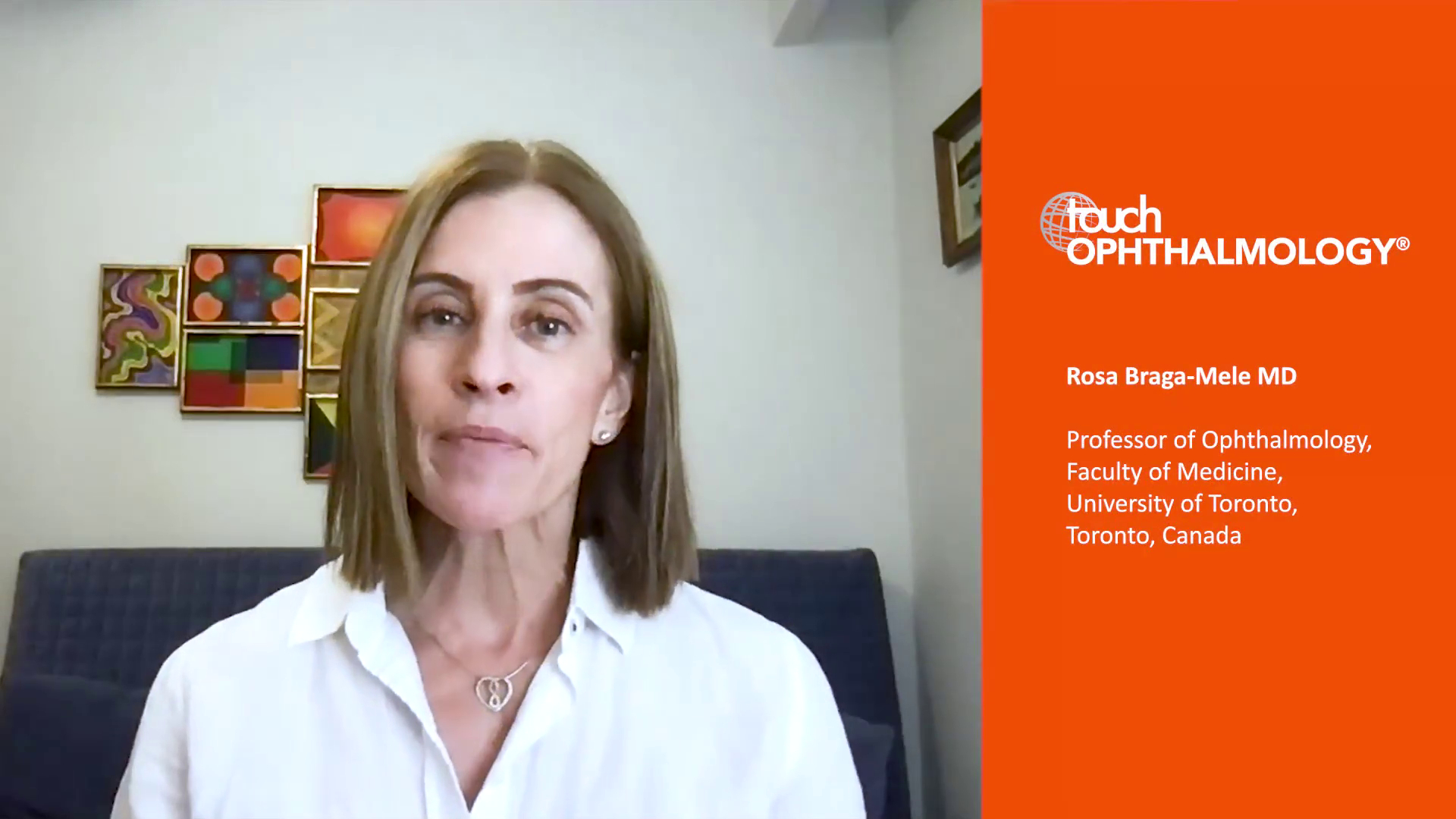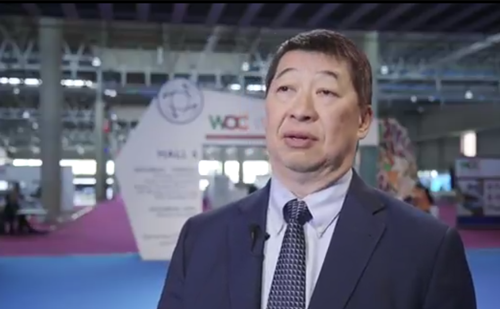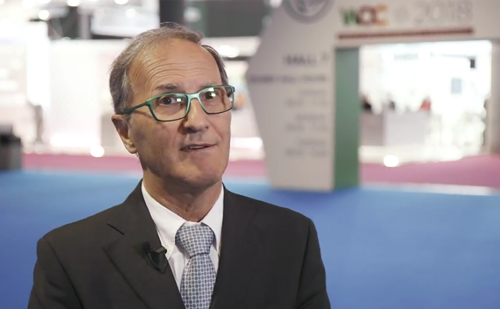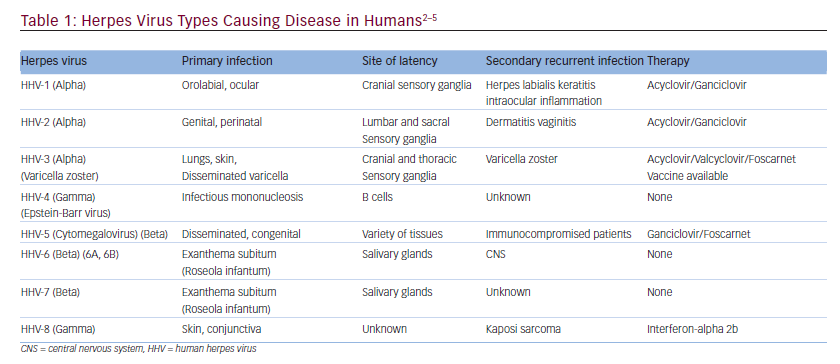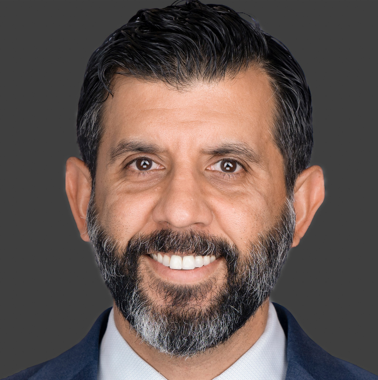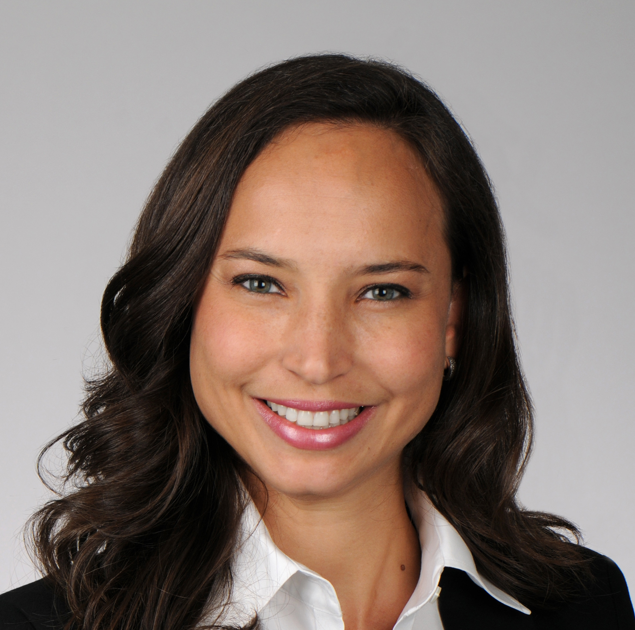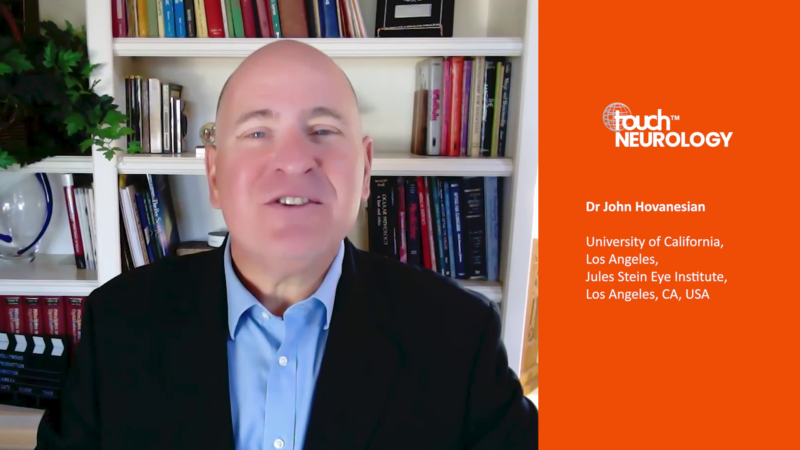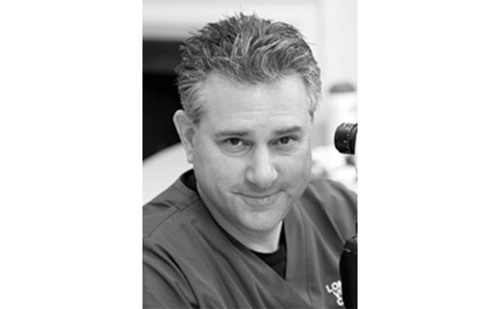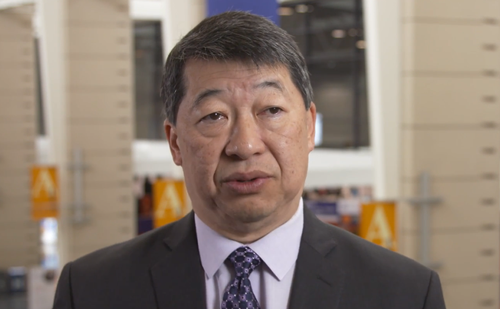touchIN CONVERSATION
 A relaxed discussion between two faculty focussed on real world clinical issues. Useful tips below will show how to navigate the activity. Join the conversation.
Close
A relaxed discussion between two faculty focussed on real world clinical issues. Useful tips below will show how to navigate the activity. Join the conversation.
Close
 A relaxed discussion between two faculty focussed on real world clinical issues. Useful tips below will show how to navigate the activity. Join the conversation.
Close
A relaxed discussion between two faculty focussed on real world clinical issues. Useful tips below will show how to navigate the activity. Join the conversation.
Close
Optimizing IOL selection: Focus on IOL calculations in “difficult” eyes
- Downloads including slides are available for this activity in the Toolkit
Learning Objectives
After watching this activity, participants should be better able to:
- Describe the preoperative assessment of ocular health in patients scheduled for cataract surgery
- Discuss biometry and IOL calculations to achieve optimum postoperative refractive outcomes in cataract patients
- Recognize how previous refractive surgeries and corneal pathologies in cataract patients impact biometry, IOL calculations and lens selection
Overview
In this activity, experts in ophthalmology, Prof. Sumit Garg and Dr Karolinne Rocha, respond to questions from the ophthalmology community on intraocular lens (IOL) selection in cataract patients, focusing on the preoperative assessment of ocular health, optimizing IOL calculations and the impact of previous surgeries on lens selection.
This activity is funded by an independent medical education grant from Alcon Vision, LLC and Johnson & Johnson Surgical Vision, Inc., and is jointly provided by USF Health and touchIME. read more
Target Audience
Ophthalmologists, including cataract and refractive surgeons.
Disclosures
USF Health adheres to the Standards for Integrity and Independence in Accredited Continuing Education. All individuals in a position to influence content have disclosed to USF Health any financial relationship with an ineligible organization. USF Health has reviewed and mitigated all relevant financial relationships related to the content of the activity. The relevant relationships are listed below. All individuals not listed have no relevant financial relationships.
Faculty
Prof. Sumit Garg discloses: Consultancy fees from Aldeyra Therapeutics, Allergan, Avellino, Centricity Vision, CorneaGen, Dompé Farmaceutici, ForSight Robotics, Glaukos, Johnson & Johnson Vision, Kala Pharmaceuticals, LensGen, Novartis (relationship terminated), New World Medical, Oyster Point Pharma, Sight Sciences, Samara Pharmaceuticals, SpyGlass Pharma, Tarsus Pharmaceuticals, Trefoil Therapeutics, Verana Health, Visus Therapeutics, Zeiss Pharmaceuticals.
Dr Karolinne Rocha discloses: Consultancy fees from Bausch & Lomb, Hoya Surgical Optics (cataract), Johnson & Johnson Vision, Rayner, Zeiss Pharmaceuticals.
Content Reviewer
John Steven Jarstad, M.D., FAAO, FRSM-UK has no financial interests/relationships or affiliations in relation to this activity.
Touch Medical Contributors
Samantha Waite has no financial interests/relationships or affiliations in relation to this activity.
Anne Nunn discloses: Employee or independent contractor relationship from Envision Pharma Group (relationship terminated).
USF Health Office of Continuing Professional Development and touchIME staff have no financial interests/relationships or affiliations in relation to this activity.
Requirements for Successful Completion
In order to receive credit for this activity, participants must review the content and complete the post-test and evaluation form. Statements of credit are awarded upon successful completion of the post-test and evaluation form.
If you have questions regarding credit please contact cpdsupport@usf.edu.
Accreditations
Physicians
This activity has been planned and implemented in accordance with the accreditation requirements and policies of the Accreditation Council for Continuing Medical Education (ACCME) through a joint providership of USF Health and touchIME. USF Health is accredited by the ACCME to provide continuing medical education for physicians.
USF Health designates this enduring material for a maximum of 0.75 AMA PRA Category 1 CreditTM. Physicians should claim only the credit commensurate with the extent of their participation in the activity.
The European Union of Medical Specialists (UEMS) – European Accreditation Council for Continuing Medical Education (EACCME) has an agreement of mutual recognition of continuing medical education (CME) credit with the American Medical Association (AMA). European physicians interested in converting AMA PRA Category 1 CreditTM into European CME credit (ECMEC) should contact the UEMS (www.uems.eu).
Advanced Practice Providers
Physician Assistants may claim a maximum of 0.75 Category 1 credits for completing this activity. NCCPA accepts AMA PRA Category 1 CreditTM from organizations accredited by ACCME or a recognized state medical society.
The AANPCP accepts certificates of participation for educational activities approved for AMA PRA Category 1 CreditTM by ACCME-accredited providers. APRNs who participate will receive a certificate of completion commensurate with the extent of their participation.
Date of original release: 11 September 2023. Date credits expire: 11 September 2024.
If you have any questions regarding credit please contact cpdsupport@usf.edu.
To obtain the CE/CME credit(s) from this activity, please complete this post-activity test.
Claim Credit- Downloads including slides are available for this activity in the Toolkit
You may also be interested in...

REGISTER NOW FOR FREE ACCESS TO
- 1000+ topical and insightful peer-reviewed journal articles
- 100+ hours of bite-sized congress highlights
- 10 major therapy areas packed with the latest scientific advances
- 150+ specialties offering learn-on-the-go medical education
- + Concise email updates and newsletters so you never miss out









